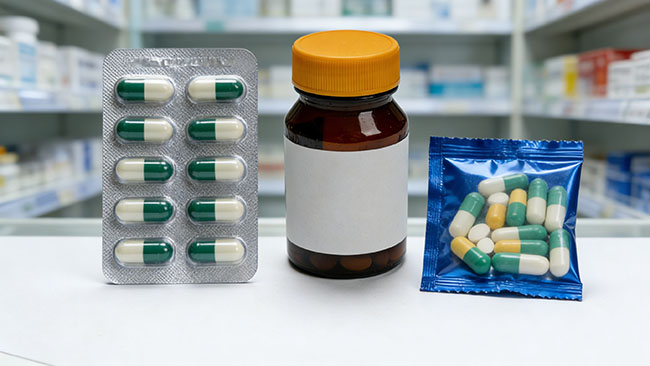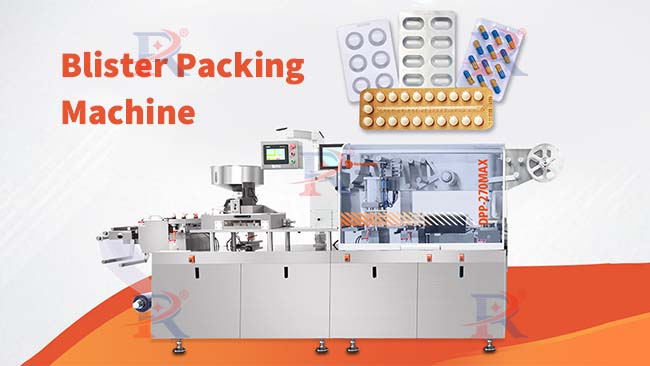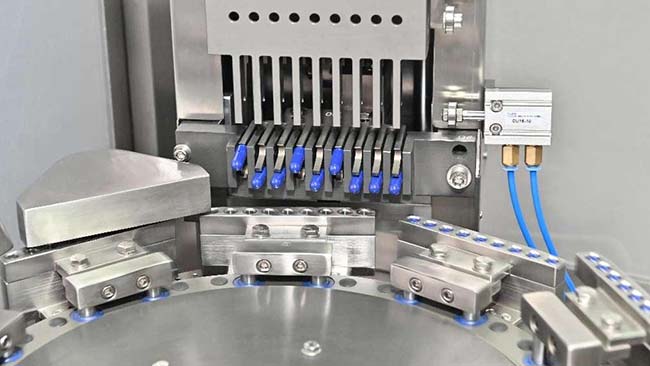Introduction
Dans l'industrie pharmaceutique, le conditionnement des comprimés et des gélules est essentiel pour garantir la sécurité, l'efficacité et la longévité du médicament. De la production au patient, le processus de conditionnement fait l'objet d'une planification et d'une exécution méticuleuses afin de préserver l'intégrité du médicament et d'offrir une expérience utilisateur optimale.
Dans ce guide complet, nous explorerons le monde complexe du conditionnement des médicaments, en explorant les différentes méthodes, matériaux et bonnes pratiques qui régissent cet aspect essentiel de l'industrie pharmaceutique. Que vous soyez professionnel de santé, jeune entrepreneur dans le domaine médical ou simplement curieux de comprendre le fonctionnement interne du conditionnement des médicaments, cet article vous permettra de mieux comprendre ce sujet fascinant.
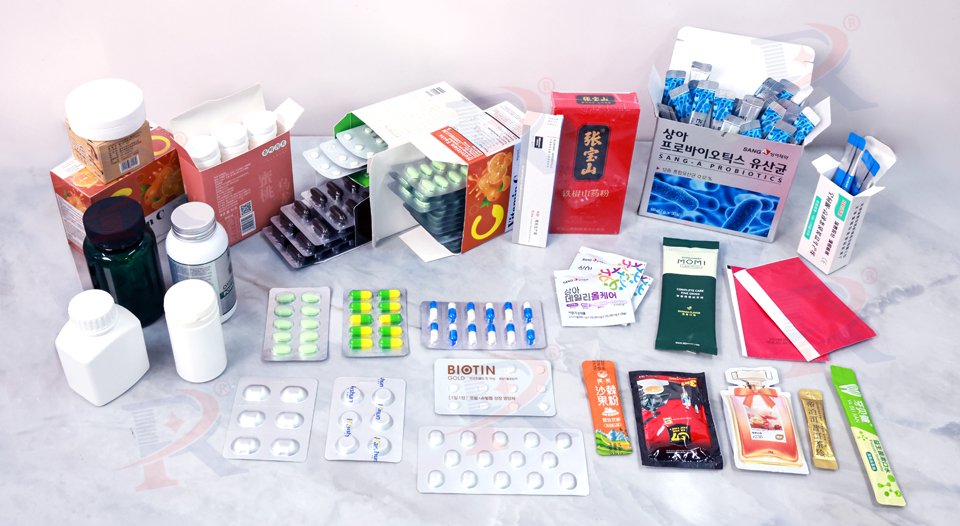
L'importance d'un emballage approprié des médicaments
L'emballage est bien plus qu'une simple couche protectrice pour les gélules et les comprimés ; il constitue la première ligne de défense contre une multitude de défis. Des facteurs environnementaux à la falsification et à la contrefaçon, l'emballage des produits pharmaceutiques doit être conçu pour préserver l'efficacité, la pureté et l'accessibilité du produit.
Types de médicaments
Le monde du conditionnement des médicaments est diversifié, avec une large gamme de matériaux et de techniques utilisés pour répondre aux besoins spécifiques des différents produits pharmaceutiques. Voici les conditionnements les plus courants :
Emballage sous blister
Le conditionnement sous blister est le mode de conditionnement le plus courant pour les médicaments. Les comprimés et les gélules sont placés dans le chargeur, puis placés dans les blisters formés, puis thermoscellés et découpés dans des plaques d'aluminium-plastique de même taille. Les blisters offrent une excellente protection contre l'humidité, la lumière et les manipulations. machine d'emballage sous blister la machine devient une machine importante pour l'emballage pharmaceutique.
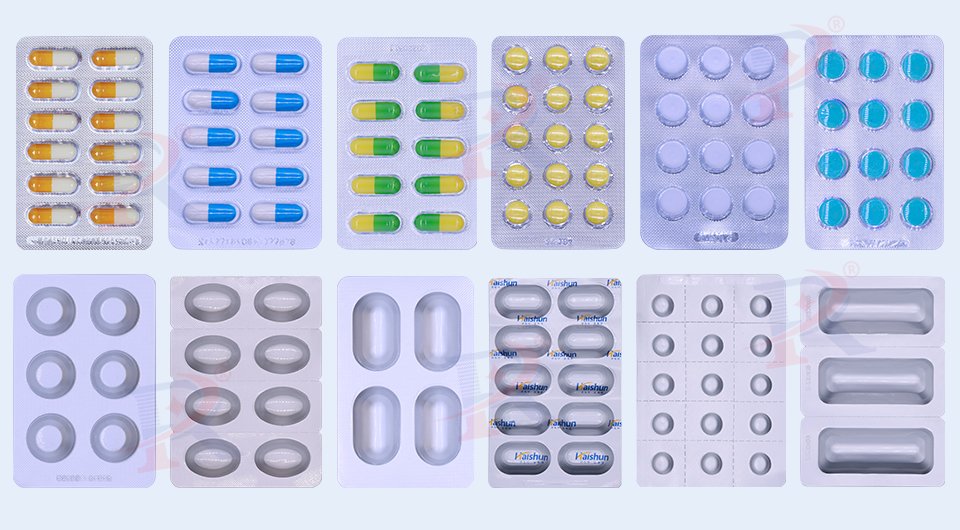
Bouteilles
Les flacons, généralement en plastique ou en verre, offrent une solution de conditionnement simple et polyvalente. Ces contenants permettent un accès facile au médicament et peuvent contenir des comprimés ou des gélules de différentes tailles et quantités. Ils sont souvent équipés de fermetures à l'épreuve des enfants et de sachets déshydratants pour garantir la stabilité du produit. ligne d'embouteillage de comptage est la seule solution pour les médicaments en bouteille.
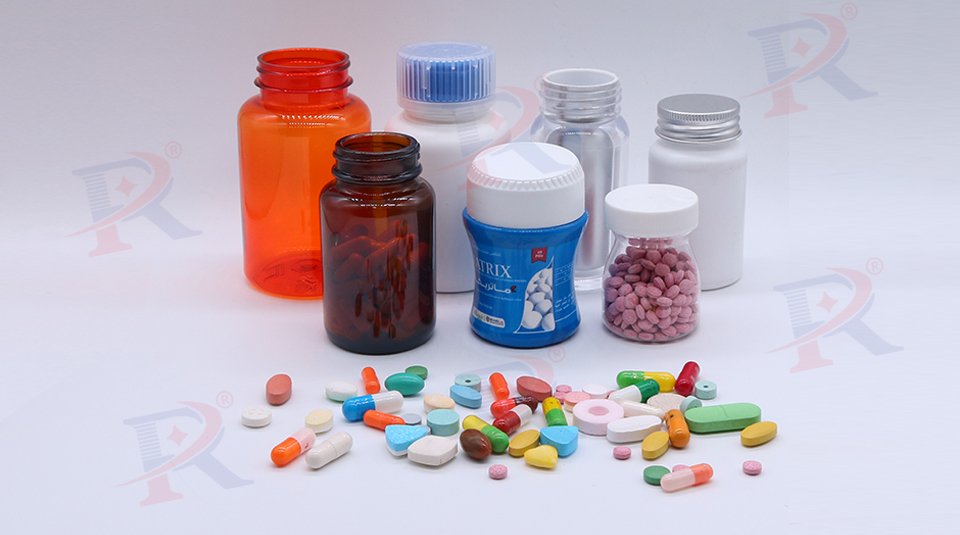
Sachets et pochettes
Pour les médicaments en poudre ou en granulés, les sachets et les pochettes constituent une solution d'emballage efficace. Ces contenants unidoses, généralement en papier ou en film laminé, protègent le produit des agressions extérieures et facilitent un dosage précis. La machine d'emballage de sachets peut facilement assurer l'ensachage.
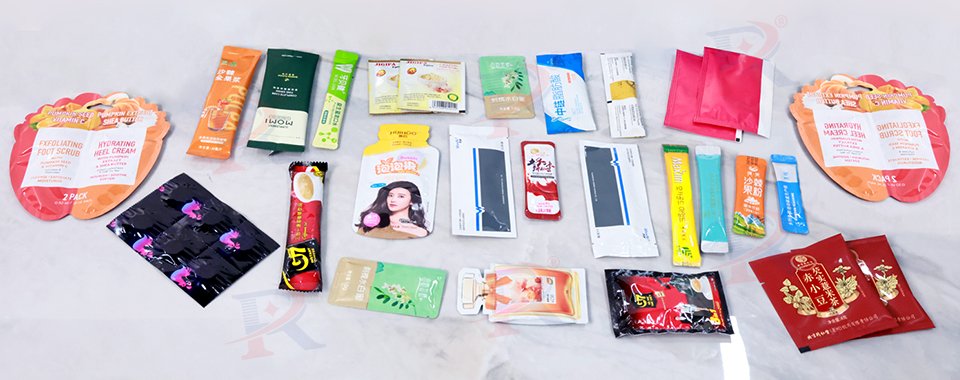
Matériaux d'emballage et considérations
Le choix des matériaux d’emballage est un aspect crucial du processus d’emballage des pilules, car il a un impact direct sur la stabilité, la sécurité et la qualité globale du produit.
Plastique
Les plastiques sont largement utilisés dans les emballages pharmaceutiques en raison de leur faible coût. Parmi les plastiques les plus courants, on trouve le polychlorure de vinyle (PVC), le polypropylène (PP) et le polyéthylène (PE). Les plastiques offrent de nombreux avantages. Cependant, il est essentiel de s'assurer que le plastique utilisé est compatible avec le médicament concerné et qu'il répond aux exigences réglementaires en matière de sécurité et de pureté.
papier d'aluminium
Le papier aluminium est un composant important des emballages blisters, car il possède des propriétés telles que la résistance à l'humidité, à l'oxydation et à la lumière. Il contribue également à l'inviolabilité de l'emballage, ce qui en fait un élément précieux pour garantir l'intégrité du médicament.
Verre
Le verre, et plus particulièrement le verre borosilicaté, est un matériau courant pour l'emballage de certains flacons de médicaments. Il offre une résistance chimique supérieure, une transparence accrue et une excellente résistance aux procédés de stérilisation. Cependant, il peut être plus fragile que le plastique et nécessite une manipulation et un transport soigneux.
Papier et carton
Le papier et le carton sont utilisés dans divers emballages de pilules, comme les boîtes extérieures, les notices et les sachets. Ces matériaux constituent une option économique et durable pour l'emballage secondaire et permettent d'imprimer facilement des informations importantes sur le produit.
Processus d'emballage
L’emballage des capsules et des comprimés est un processus en plusieurs étapes qui implique divers équipements et procédures spécialisés.
1. Comptage et emballage : En fonction des exigences d'emballage, les comprimés sont comptés et mesurés avec précision, soit manuellement, soit à l'aide de machines de comptage automatisées, pour garantir que la quantité correcte est incluse dans chaque unité.
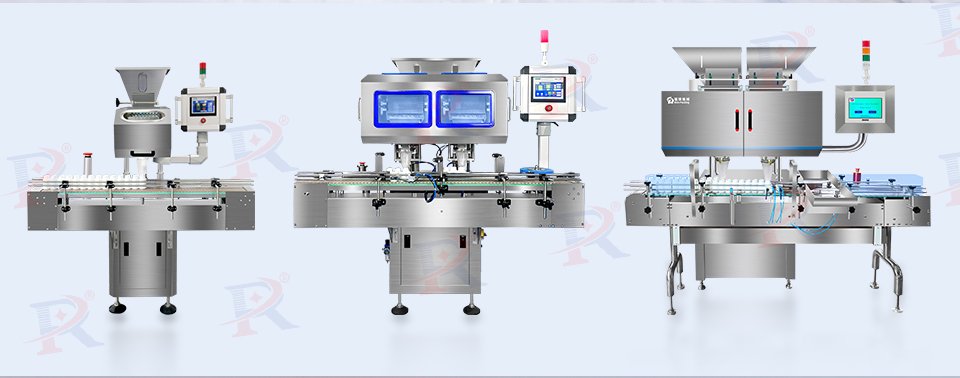
2. Conditionnement primaire : Les comprimés comptés sont ensuite placés dans des emballages primaires, tels que des plaquettes alvéolées, des flacons ou des sachets. Cette étape nécessite l'utilisation de machines et d'équipements spécialisés pour garantir le placement et le scellage corrects des comprimés.
3. Emballage secondaire : Les unités emballées primairement sont ensuite placées dans des emballages secondaires plus grands, tels que des cartons. Cette étape peut impliquer l'utilisation de matériaux de calage pour protéger les emballages primaires pendant le transport et le stockage.
4. Étiquetage et identification : Un étiquetage détaillé, comprenant des informations sur le lot, les dates d'expiration et tous les avertissements ou instructions nécessaires, est appliqué sur l'emballage secondaire pour garantir une identification et une traçabilité appropriées du produit.
5. Inspection et contrôle qualité : Une inspection finale est effectuée pour vérifier l'intégrité de l'emballage, l'exactitude de l'étiquetage et la qualité globale du produit emballé. Toute anomalie est documentée et le produit n'est mis en distribution que s'il répond à toutes les spécifications requises.
6. Stockage et distribution : Les pilules emballées sont ensuite stockées dans un environnement propre et à température contrôlée et soigneusement transportées vers les centres de distribution ou directement vers les établissements de santé, les pharmacies ou les utilisateurs finaux, selon la chaîne d'approvisionnement du produit.
Tout au long de ce processus, des mesures de contrôle de qualité rigoureuses, des procédures opérationnelles standard et le respect des réglementations en vigueur sont primordiaux pour garantir la sécurité, l’efficacité et la qualité du produit pharmaceutique final.
Automatisation et progrès technologiques
Le conditionnement des gélules et des comprimés a considérablement évolué grâce à l'intégration de technologies avancées et à l'automatisation. Ces innovations ont contribué à améliorer l'efficacité, la précision et la qualité globale des produits. Parmi les avancées technologiques majeures du secteur du conditionnement des médicaments, on peut citer :
Machines de comptage et de remplissage automatisées
Machines de comptage et de remplissage de comprimés Utilisent des capteurs précis, des scanners optiques et des algorithmes avancés pour distribuer rapidement et précisément le nombre exact de comprimés dans les emballages primaires. Ces systèmes automatisés ont considérablement réduit le risque d'erreurs de comptage et amélioré la productivité.
Emballage intelligent
Les nouvelles technologies d’emballage intelligent, telles que les capteurs intégrés et les étiquettes d’identification par radiofréquence (RFID), permettent une surveillance en temps réel des conditions environnementales, la détection des falsifications et un partage amélioré des informations sur les produits tout au long de la chaîne d’approvisionnement.
Robotique et automatisation
Les systèmes robotisés et les lignes de conditionnement automatisées ont révolutionné le processus de conditionnement des pilules, améliorant la rapidité, la régularité et la sécurité des travailleurs. Ces technologies ont simplifié des tâches telles que le remplissage des flacons, la pose des bouchons et le conditionnement secondaire, générant ainsi une efficacité et une productivité accrues.
Alors que l’industrie pharmaceutique continue d’évoluer, l’intégration de ces technologies avancées jouera un rôle crucial dans l’avenir de l’emballage des pilules, garantissant la livraison de médicaments sûrs et de haute qualité aux patients du monde entier.
Conclusion
L’emballage des capsules et des comprimés est un aspect multiforme et essentiel de l’industrie pharmaceutique, servant de lien vital entre le processus de fabrication et l’utilisateur final.
En comprenant les différents types d’emballage, la sélection des matériaux, les considérations de conception et les avancées technologiques dans ce domaine, nous pouvons apprécier le niveau de soin et d’attention apporté à l’emballage des médicaments sur lesquels nous comptons.
Que vous soyez professionnel de santé, fabricant de produits pharmaceutiques ou simple curieux, ce guide complet vous permettra de mieux comprendre les subtilités et l'importance de l'emballage des médicaments. En restant informés et en suivant les dernières avancées dans ce domaine, nous pouvons œuvrer ensemble pour un avenir où l'emballage des gélules et des comprimés contribuera au bien-être et à la sécurité des patients du monde entier.
